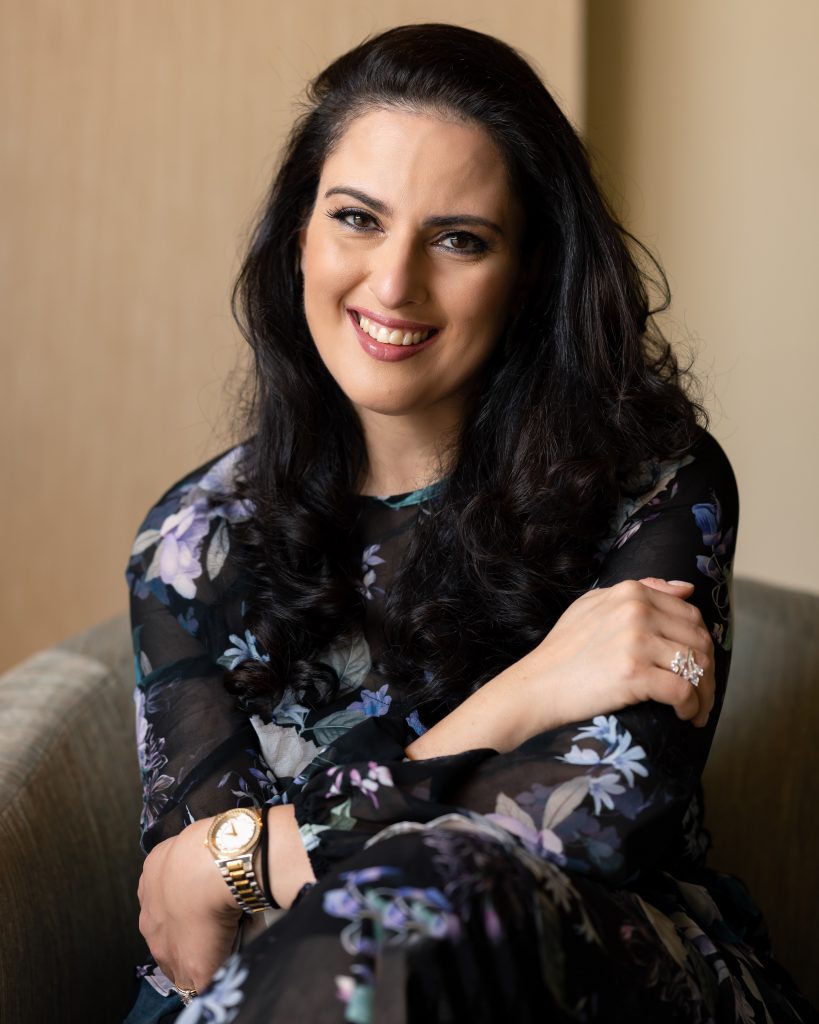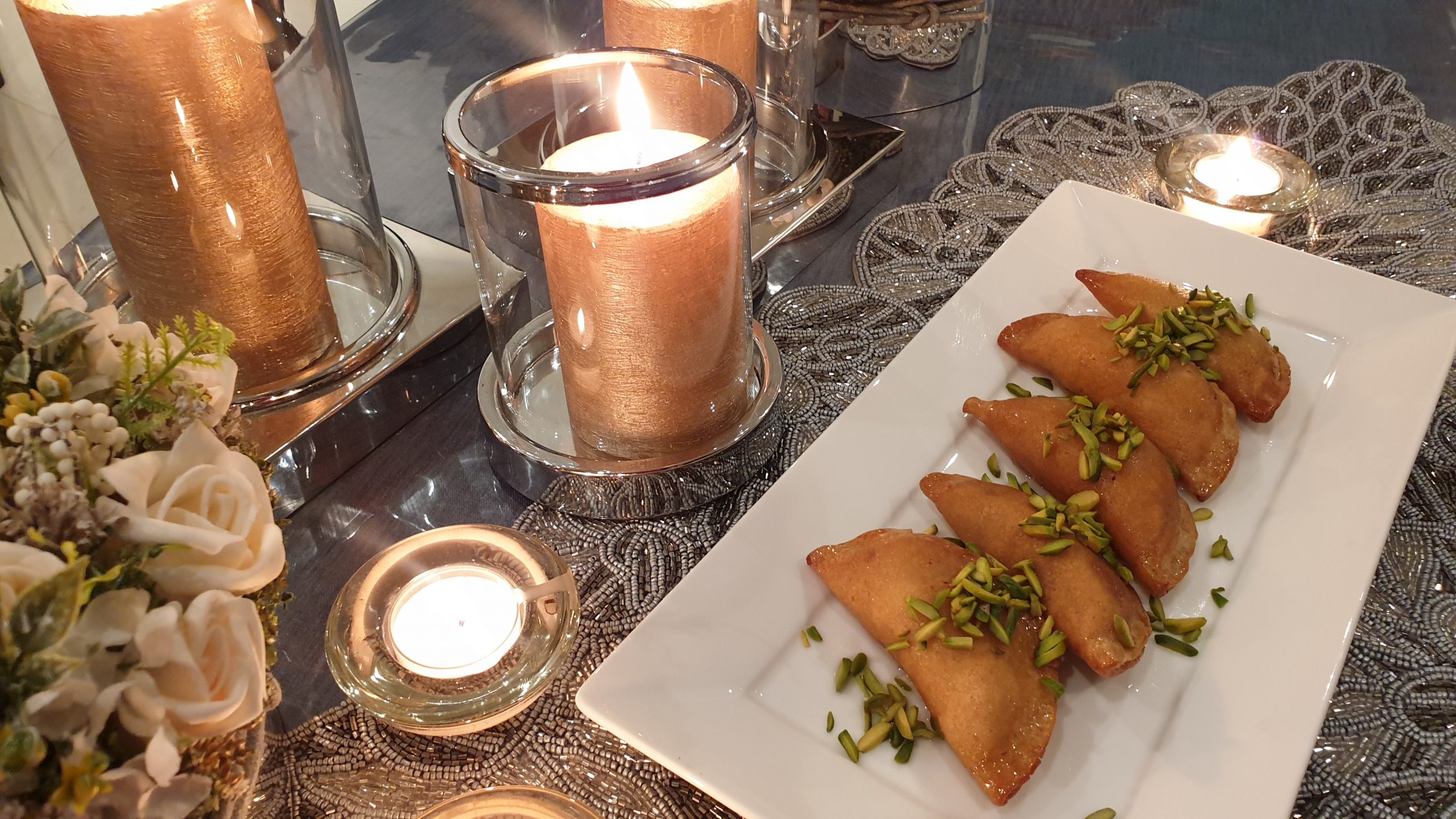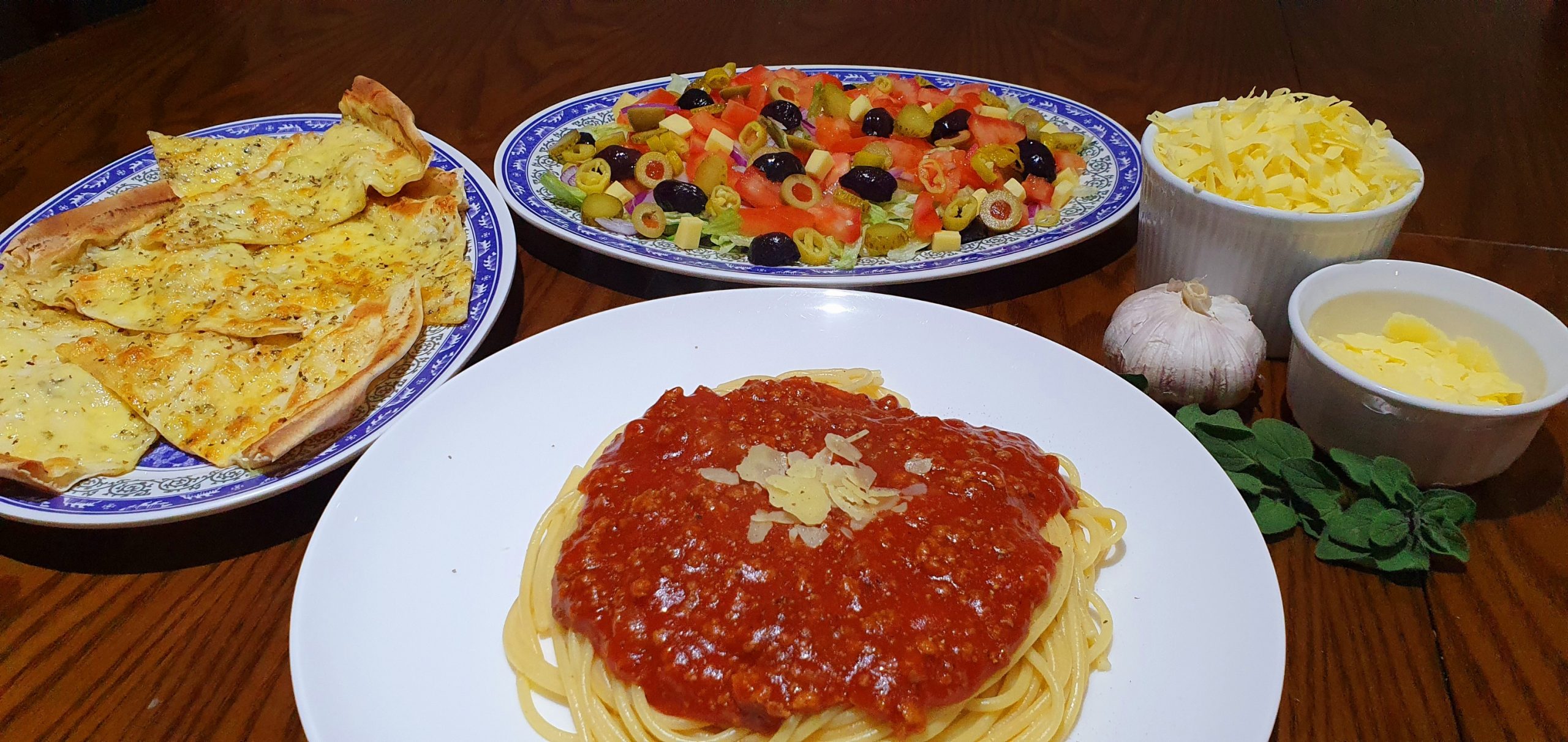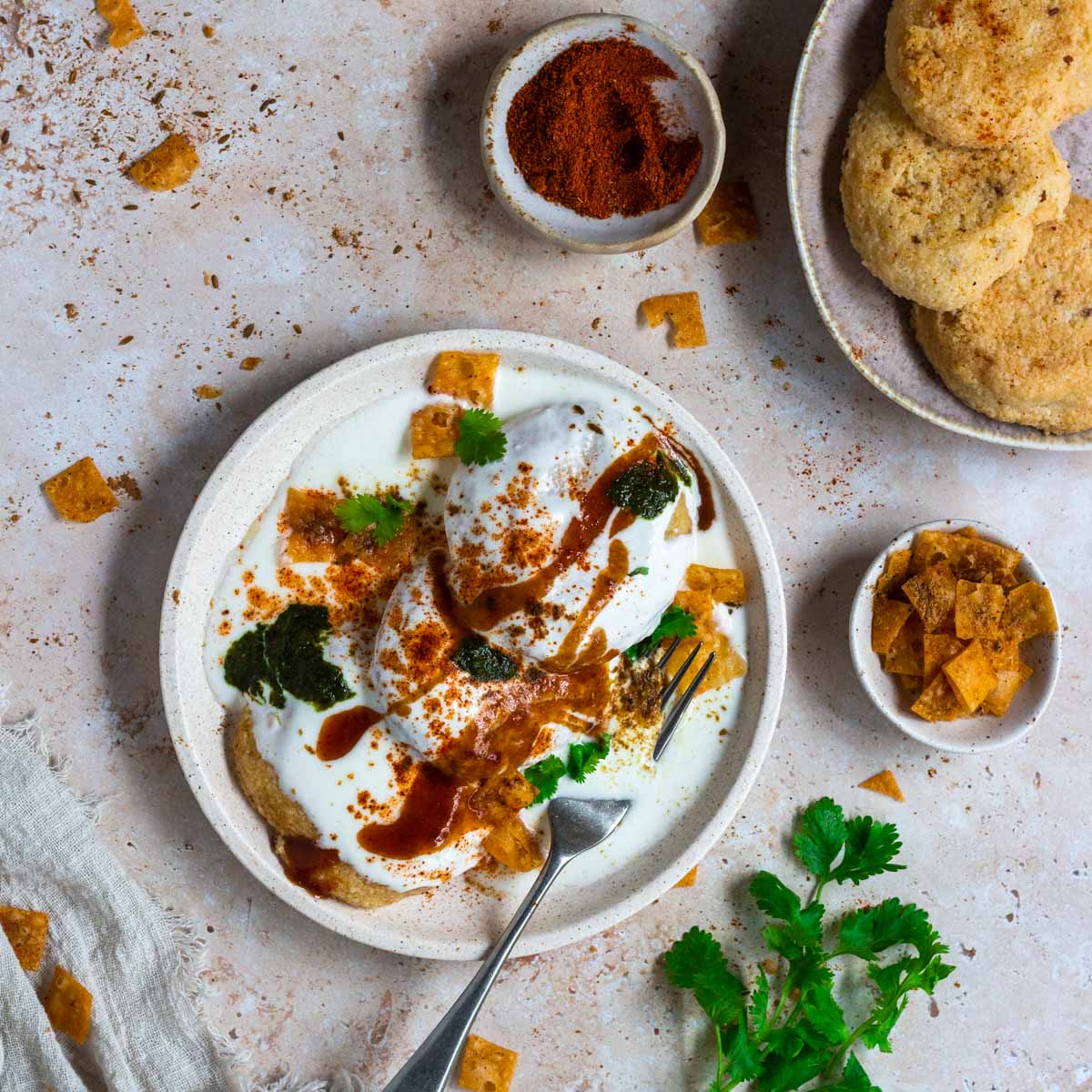Sally’s Qatayef Five Ways
 Palestine
Palestine 
Ask most people from the Middle East what food comes to mind when they hear the word Ramadan, and I think they’ll say Qatayef. One of the most popular desserts of the Levant, it’s traditionally only eaten during Ramadan – like mince pies are only eaten at Christmas.
A sort of sweet dumpling or little folded pancake similar to a pikelet, they are traditionally filled with cheese or nuts, stuffed, fried, and drenched in simple syrup. Other versions are smaller and stuffed with clotted cream and pistachios and eaten fresh without frying. Qatayef (or Atayef) are a hugely popular way to satisfy sweet cravings at the end of the daily Ramadan fast.
One of the greatest sights and aromas of the holy month is walking past street vendors in ancient cities like Jerusalem as they expertly and speedily pour batter into rows and rows of perfectly sized pancakes on a huge hotplate. Similarly, visit any pastry shop and you will be mesmerised by rows and rows of little pancakes bubbling away, waiting to be stuffed with any number of sticky sweet fillings.
Traditionally these pancakes are folded and stuffed with unsalted Akkawi cheese (a white Palestinian cheese similar to fresh mozzarella), walnuts, pistachios or coconut, then deep fried until crisp and doused in orange blossom infused sugar syrup (Qater) or rose water syrup. There is also an uncooked version called assafiri qatayef that uses clotted cream (Qashta). Sometimes you will see them shaped into a horn by closing only one end then filling with qashta or cream and then sprinkled with pistachios. A lush and hearty dessert to keep fasting hunger pangs at bay!
Qatayef dates as far back as the Fatamid period from around the 10th century CE but was not something that I grew up with. Being Iraqi, it’s not a central part of our tradition rather a dessert that I discovered after I got married. For my Palestinian-Jordanian husband, Ramadan is simply not Ramadan without qatayef, so it was something I had to learn how to make.
Living in Sydney, away from his family in Amman, my husband craved his mother’s home-cooked food, and so, bearing in mind that we got married in 2004 before iPhones and social media and Zoom made it easy to share photos and videos in an instant, I was emailed hand-written recipes from my mother-in-law and sister-in-law without photos, and mostly without exact measurements. That’s because they didn’t have any. Arab mums are absolute masters in the kitchen and there’s a special Arab saying that applies to their craft: “the hand of the free is a scale”, meaning that they know these dishes so well that they are perfect every time without measuring a thing. Thankfully, I’ve managed to master many of my mother-in-law’s dishes and now cook them the same way – but only after a lot of trial and error and many patient nods from my husband!
Huge quantities of qatayef are eaten each Ramadan night so the pancakes can be bought at any good Arab bakery or grocery store – in places like Sydney and Melbourne as much as in the Middle East. That said making them is simple and fun at home too and the ingredients of flour, semolina, baking powder, water, yeast and a little sugar are likely to be in your pantry. (Qatayef is the general name of the dessert but more specifically it’s the name of the semolina batter used to make the pancakes.)
When I had my girls, making qatayef together became our own Ramadan tradition. A couple of years ago, Zaynab and I decided to create our own versions and add to the family repertoire to make some new traditions!

My hubby loves the cheese but we decided to try creating our own fillings and realised that dark chocolate and coconut made for a heavenly combination. We had come up with our very own Bounty qatayef! Another version simply involves chopping up Snickers into little pieces as stuffing. So so good! If you’re like me and you love nuts, chocolate and caramel and find it hard to choose between the three then this is for you!
In my recipe, I’m giving you both the traditional cheese and walnut versions and the cream, Bounty and Snickers versions. Where traditionally the qatayef are deep fried, I’ve also discovered they are far healthier and the texture is actually superior in an air fryer.
The measurements I’ve given for the fillings are rough as usually you buy (or make) a big batch of qatayef, prepare enough for at least the first half of the month and then freeze them. You can obviously eat as many or as few as you like but for the larger stuffed ones, about 3 per person is a generous portion to work on. It’s hard to stop at one!
Enjoy!
Sally Mousa
April 2022
Share this story

Ingredients for the pancakes:
1/2 teaspoon active dry yeast
1 3/4 cups plus 2 tablespoons warm water (16.5oz, 469g)
1 teaspoon of sugar
1 1/2 cups all-purpose flour (7.5oz, 213g)
1/2 cup fine semolina (3.5oz, 100g)
1 tablespoon powdered milk
1/2 teaspoon baking soda
pinch of salt
1 egg, beaten
To make the pancakes:
Stir together the yeast, warm water and sugar and leave the mixture to stand for a few minutes until it becomes foamy. Whisk together the flour, semolina, powdered milk, baking soda, salt and beaten egg until you get a thin pancake batter. Cover with plastic wrap and leave to rest on your kitchen bench until the mixture becomes bubbly. This take 1-2 hours depending how warm your kitchen is.
When the batter is bubbly, heat up an electric griddle to 350 degrees F or a non-stick or well-seasoned cast iron skillet to medium. (If your griddle or skillet is non-stick you may not need to spray – otherwise use a little oil or cooking spray.) Use a 1/4 cup measure to pour the batter onto the hot griddle and use the back of a spoon or ladle to press lightly and in a circular motion to spread out into a thin 4inch circle. (If the pancake is too thick, it’s difficult to fill.)
The pancakes will start to form tiny bubbles and when the tops are covered with bubbles and no longer shiny and the bottoms are a light golden colour, they are cooked. Remove the pancake from the griddle and place on a plate. Cook each pancake on one side only, leaving the uncooked and bubble-filled side ready to be filled and sticky to pinch the little dumplings closed. Do not flip them over.
Remove the pancakes to a plate, stacking with of waxed paper/baking paper between them and cover with kitchen towel while you finish the rest.
When you have finished, leave to cool then cover the pancakes with plastic wrap to stop them from drying out. The key to perfect Qatayef is preventing them from drying out after they’re cooked because when the pancake is filled, the edges of the pancake need to be pinched together to seal it shut. If the pancake is dry, the edges won’t stick and the Qatayef won’t close when you fill them.
The qatayef must be fresh, otherwise they will fail to stick and close when pinched together.
Prepare a plate or board on which you can stuff your qatayef, and have small trays that fit into your freezer ready to place your qatayef on when they are done. If you are making more than one filling, have freezer bags ready with a permanent marker so that you can write which batch is which flavour.
For the cheese version: Drain the cheese of any excess moisture using a colander.
For the walnut filling: combine the walnuts, sugar and orange blossom water in a bowl.
For the Bounty filling: combine the chocolate chips, sugar and coconut in a bowl.
For the Snickers version: chop the mini snickers into small pieces.
Take each pancake and place bubble-side up. That is the side that you will be stuffing. Place about a teaspoon of your chosen filling in a line in the middle of your pancake. Fold the pancake in half over the filling, and start pinching the edge together starting from one side and ending on the other. Be careful not to over-stuff as the pancakes will break open. Always best to put a little bit, and then start pinching and when you get to the middle, you can add a little more if necessary. It should look like a pillow.
Place the completed qatayef in one layer on the freezer tray (I usually use the same trays that the qatayef were bought in), and place in the freezer bag, secure closed, and place in the freezer for at least 2 hours. This is an important step so that the qatayef hold their shape and don’t break open when fried.
If making a sweet version: prepare you ater while your qatayef are in the freezer. Combine the sugar, water, orange blossom water and lemon juice in a small, heavy-based saucepan. Bring to the boil. Once the mixture boils until clear, it is ready to use.
If making the Bounty or Snickers qatayef: you can also prepare the chocolate syrup. Mix the cocoa, sugar and milk and stir continuously over medium heat in a heavy-based saucepan until the mixture starts to boil.
Remove qatayef from the freezer and allow to thaw for about 15 minutes.
If deep frying: prepare a deep pot with about 2 inches of vegetable oil. Fry the qatayef, turning them gently over, so that they are golden brown. Place on a plate lined with paper towels to absorb excess oil.
If using the oven or air fryer: brush each qatayef with vegetable oil, and place in the oven or air fryer at 180 degrees Celsius for about 6 minutes, turning them over half way through. The timing will depend on your oven/airfryer, so do keep checking them. Remove and place on the serving plate.
If you are making a sweet version: immediately after frying, dip the qatayef for a couple of seconds into the sugar syrup, making sure that they get fully immersed. Garnish the qatayef with pistachios or nuts of your choice. If making the Bounty or Snickers qatayef, you can drizzle the qatayef with chocolate sauce in addition to the syrup if desired.
Serve immediately. Enjoy with coffee or tea in great company. Ramadan Kareem!




